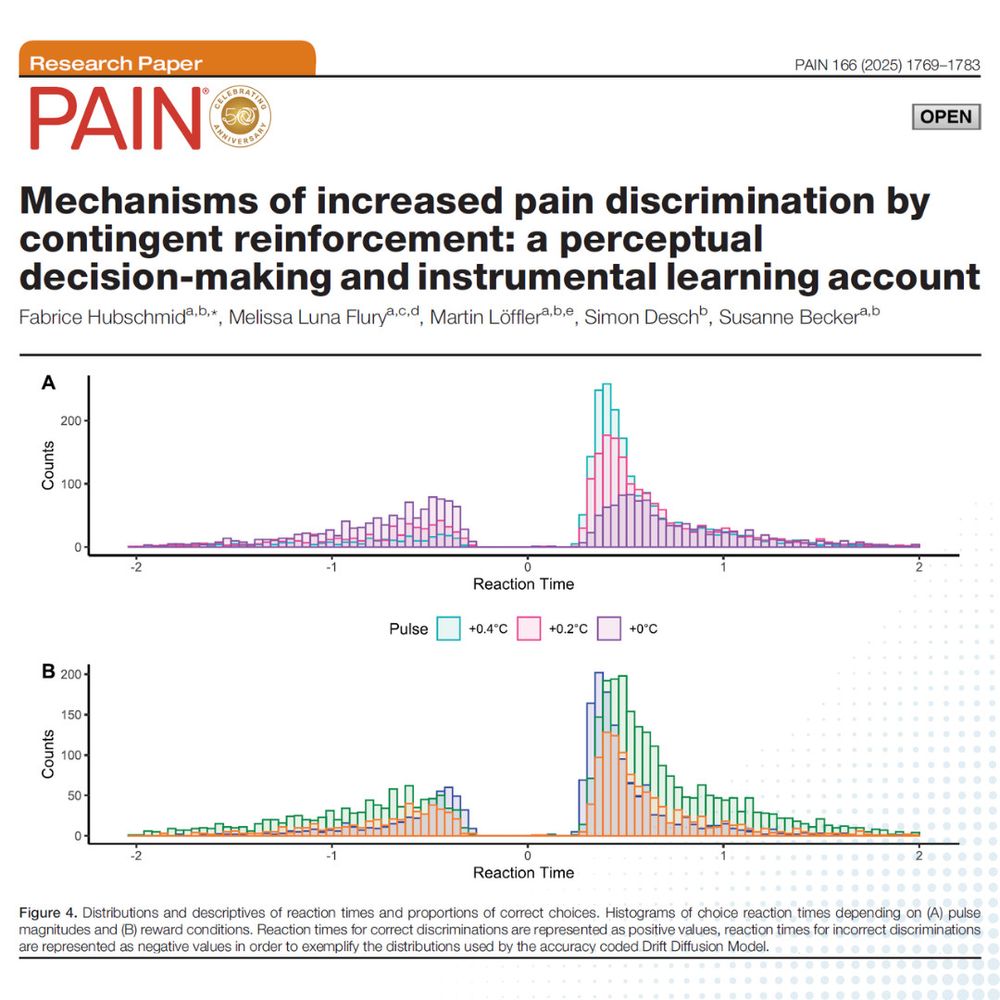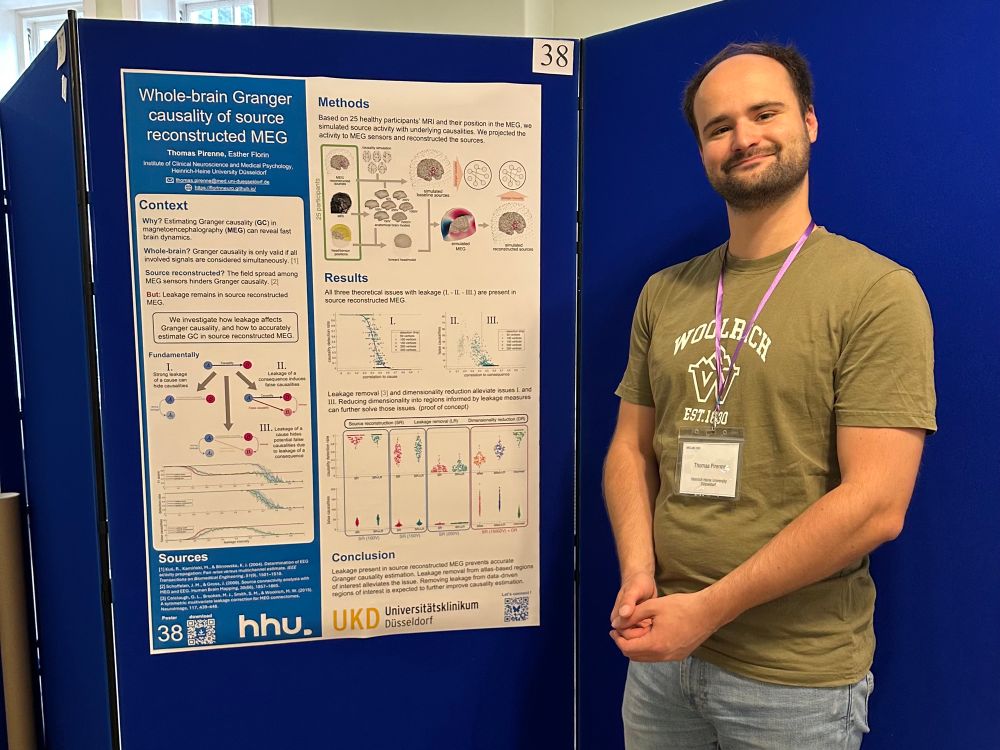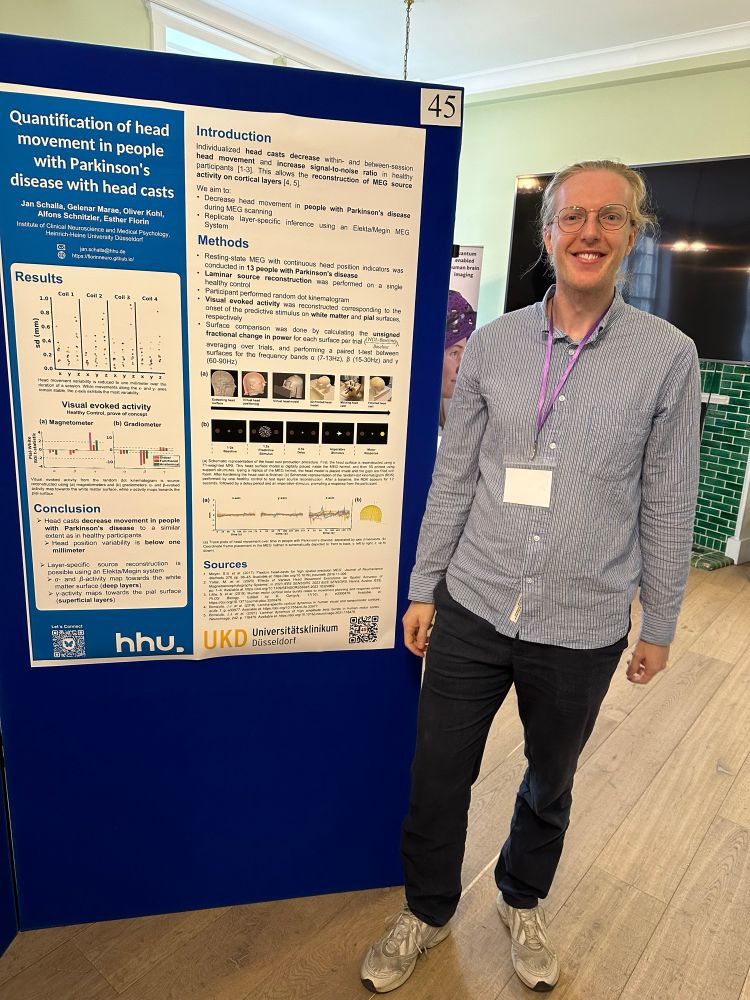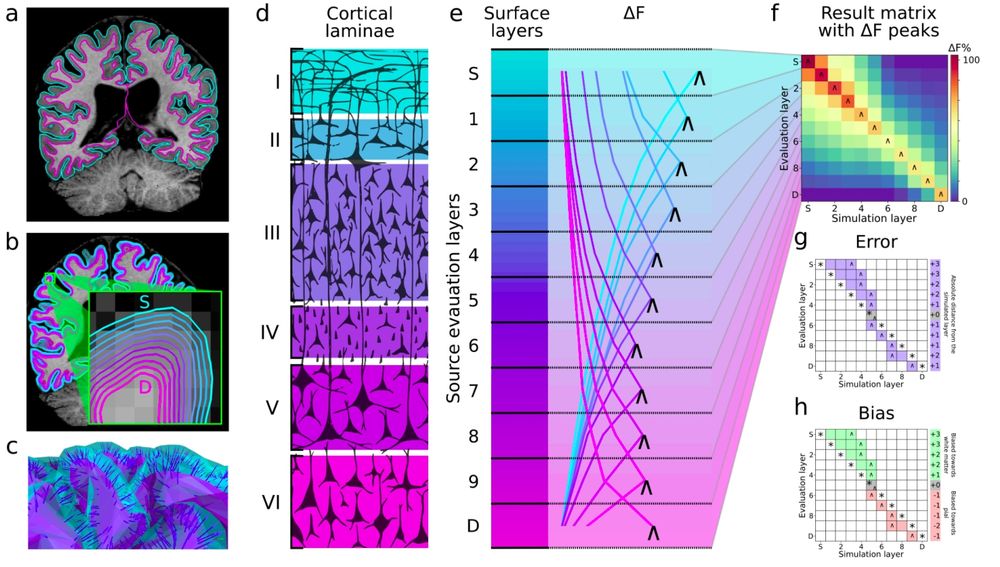Jan Schalla
@jan-sch.bsky.social
73 followers
280 following
1 posts
Interested in how the brain integrates endogenous and exogenous stimuli and how brain activity is changed by that.
PhD student at the Heinrich Heine University working on PD in the research group clinical neuroscience
Posts
Media
Videos
Starter Packs
Reposted by Jan Schalla
Reposted by Jan Schalla
Reposted by Jan Schalla
Reposted by Jan Schalla
Reposted by Jan Schalla
Reposted by Jan Schalla






